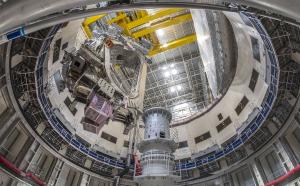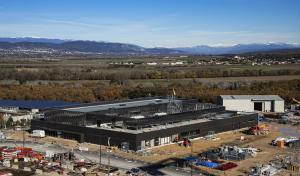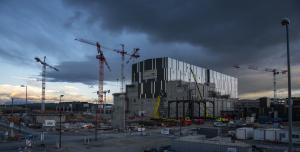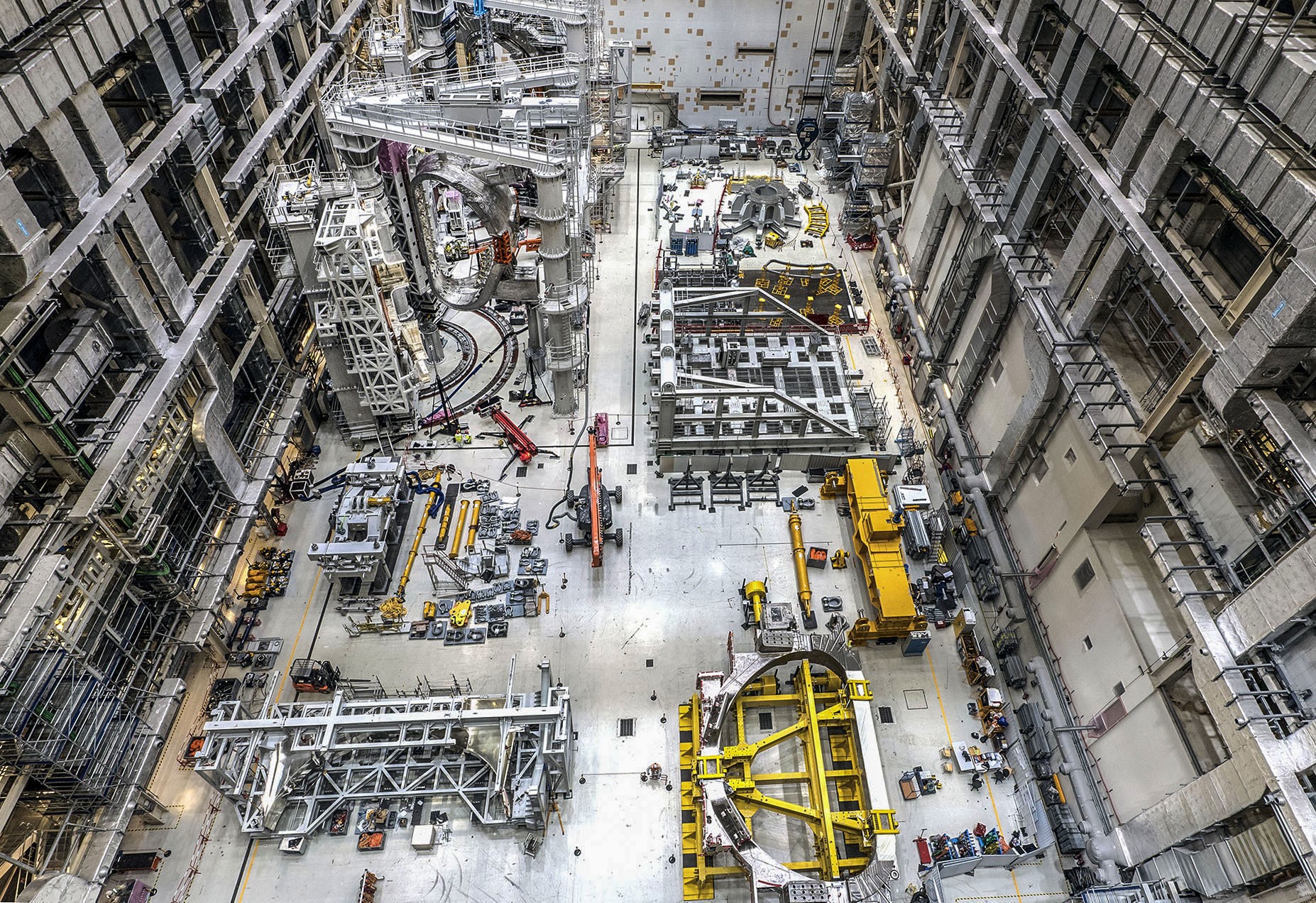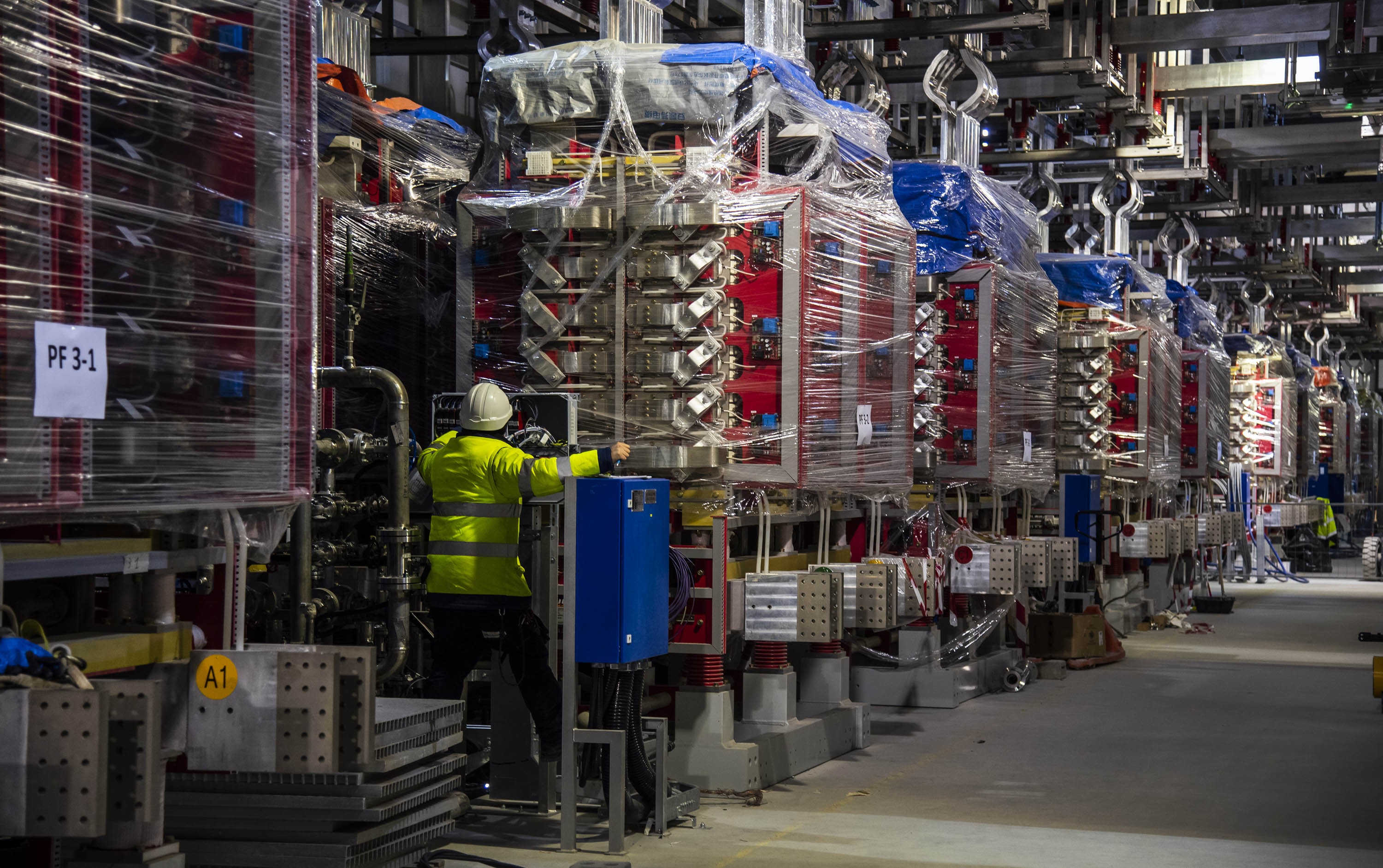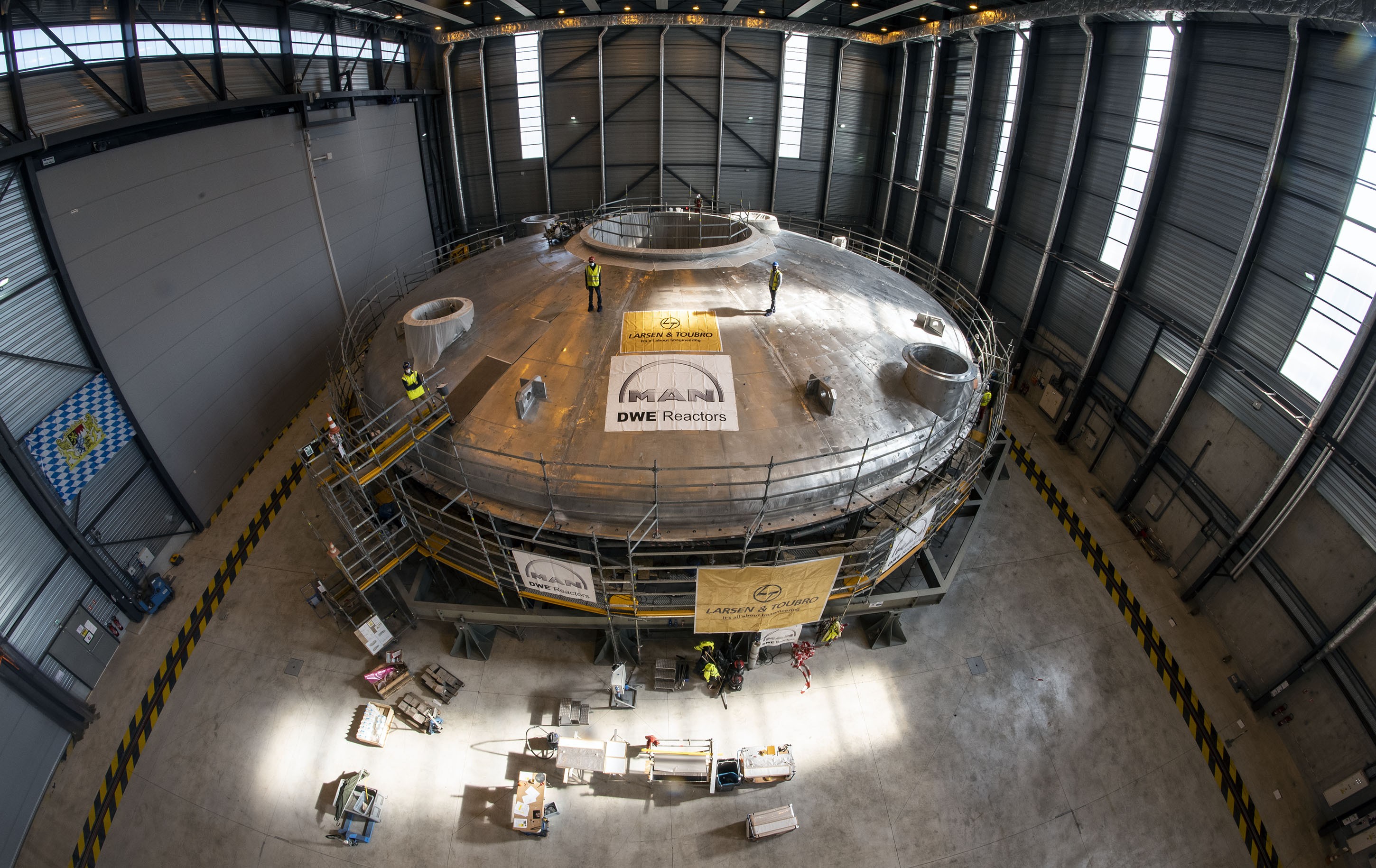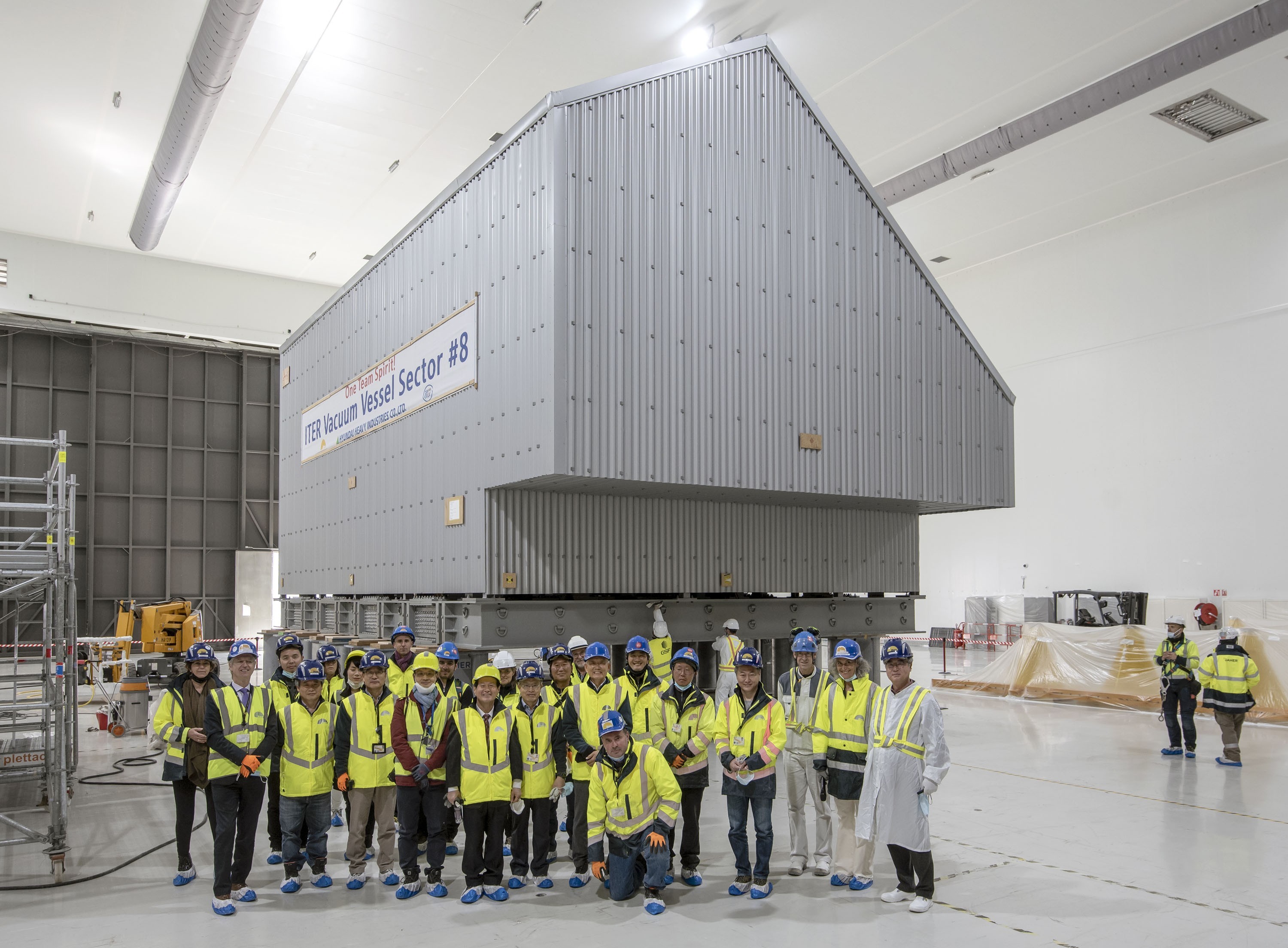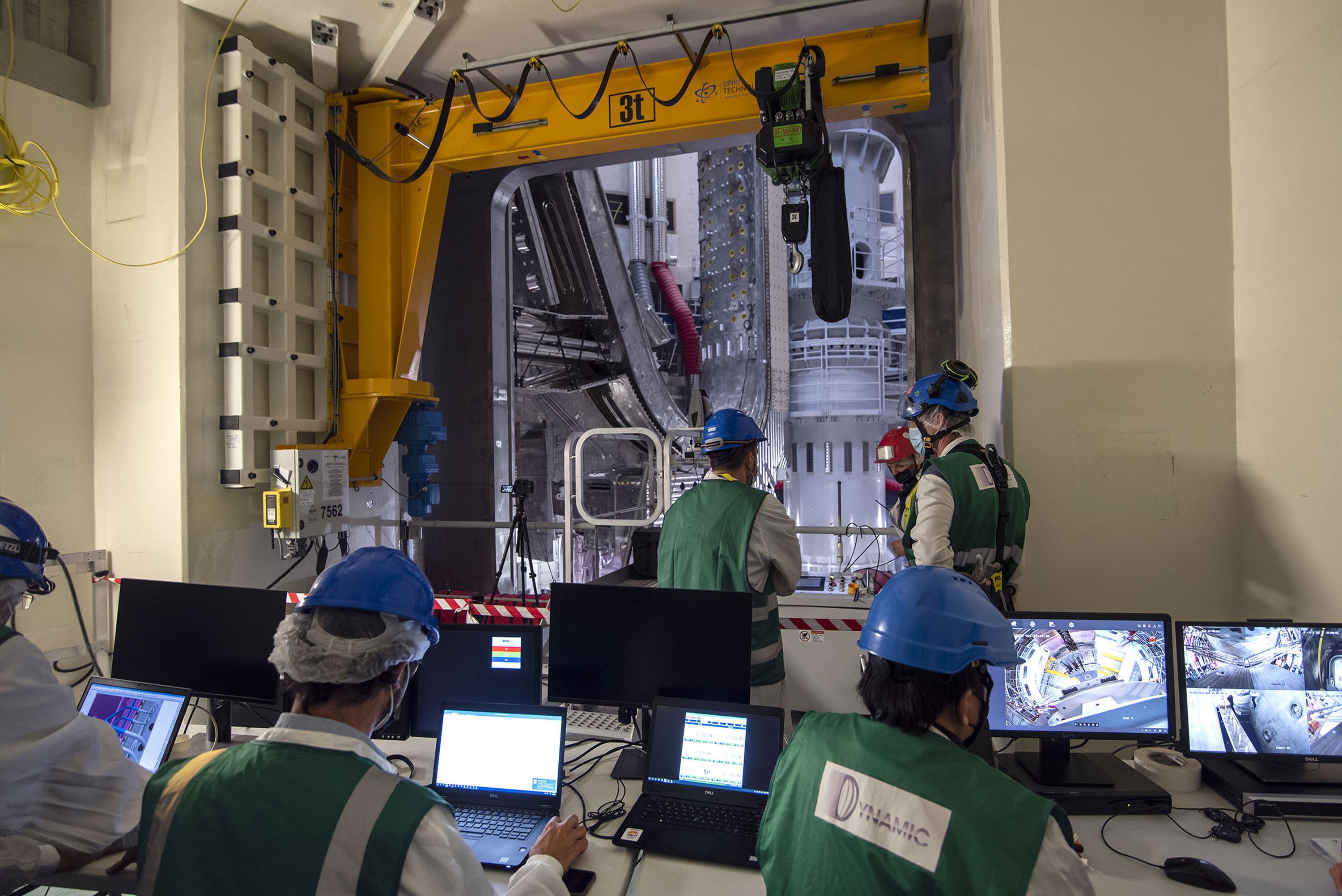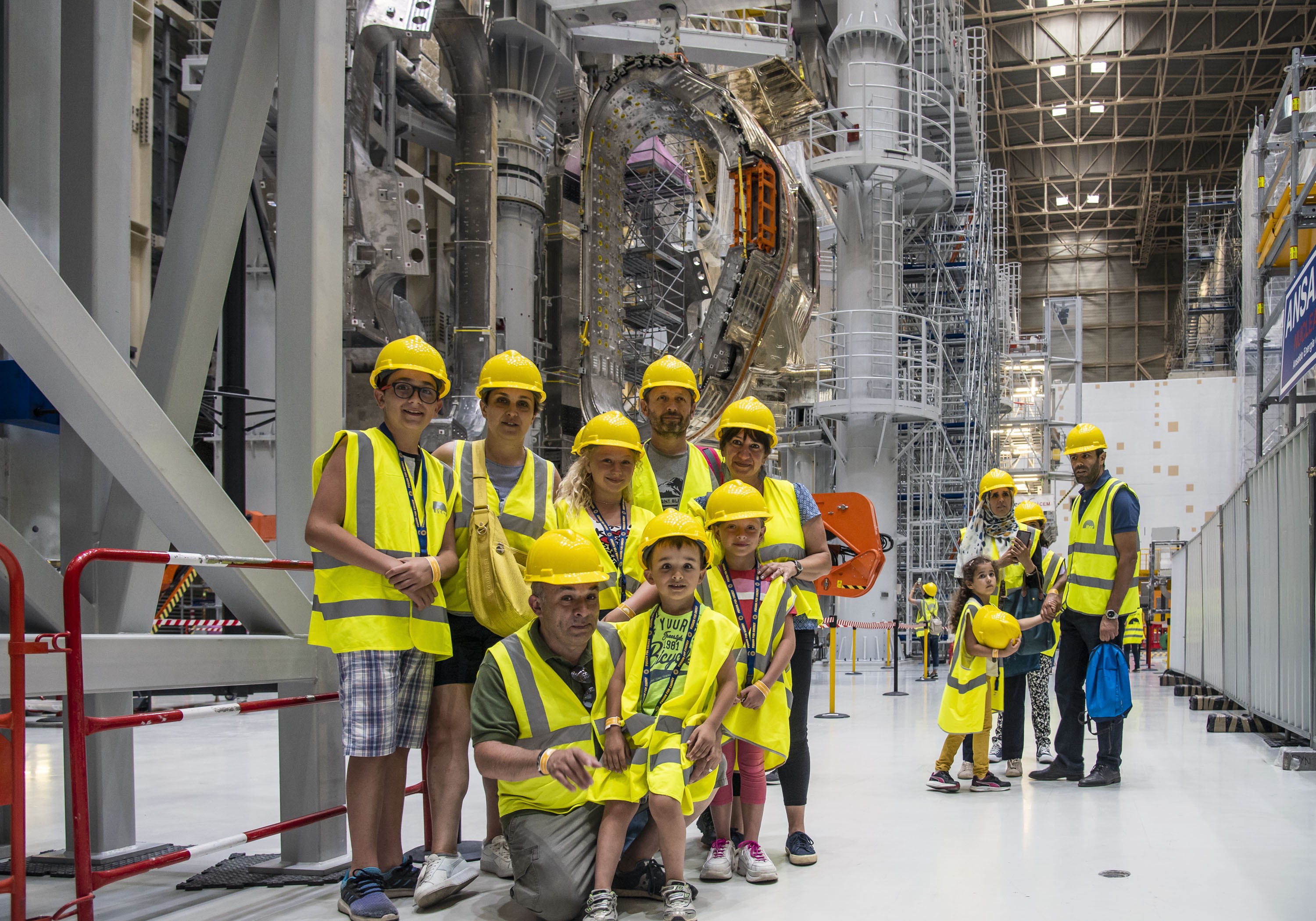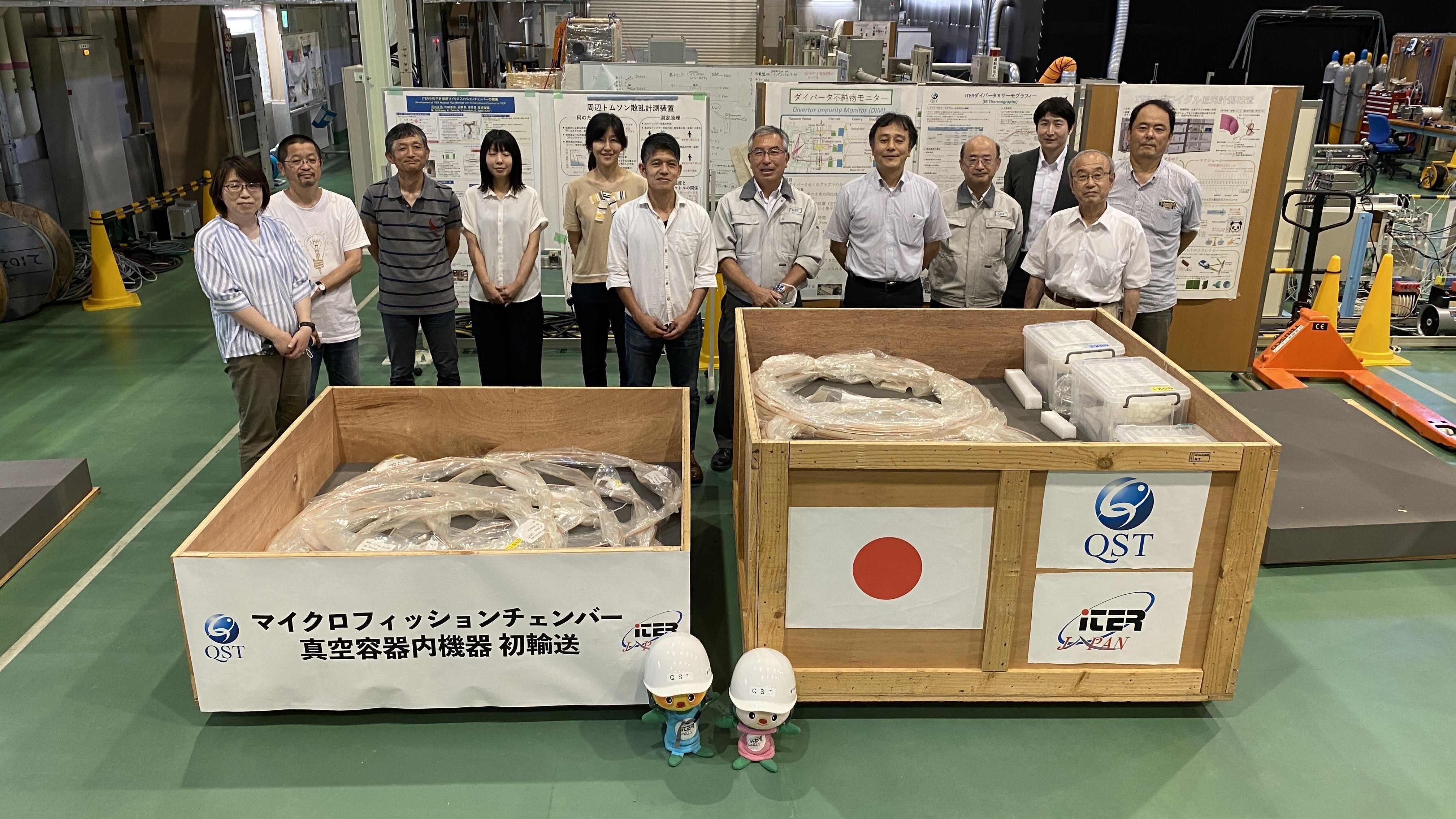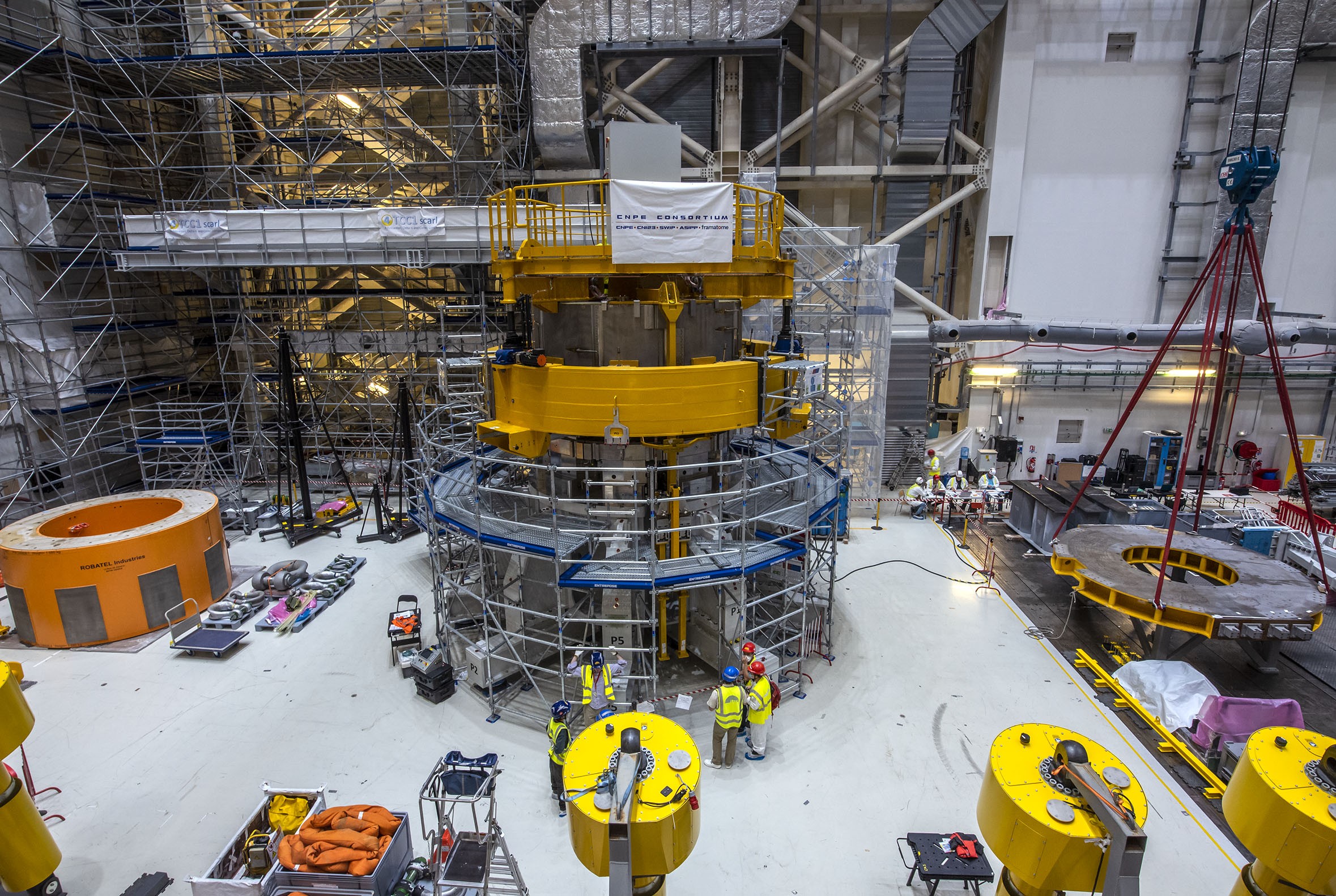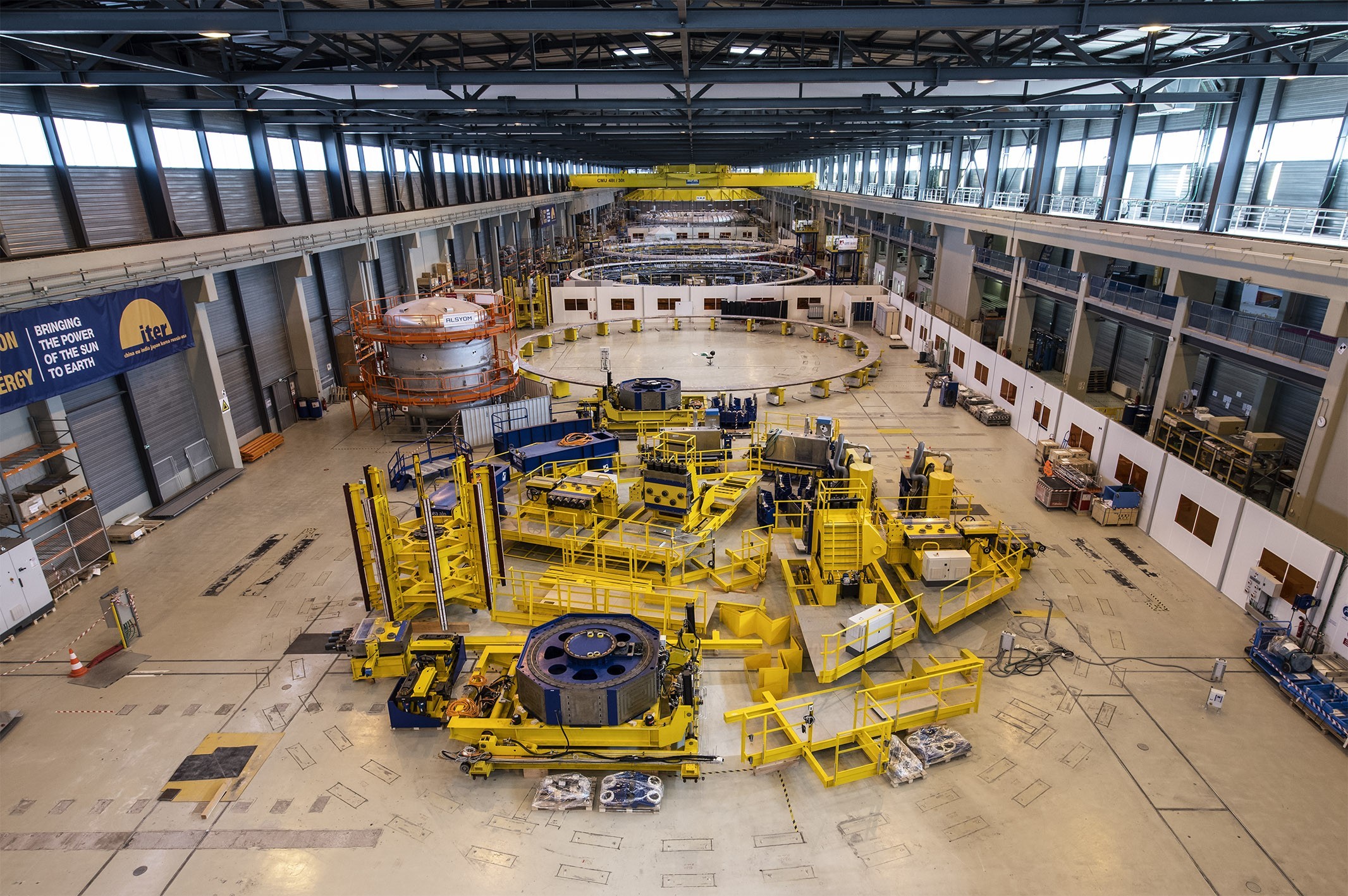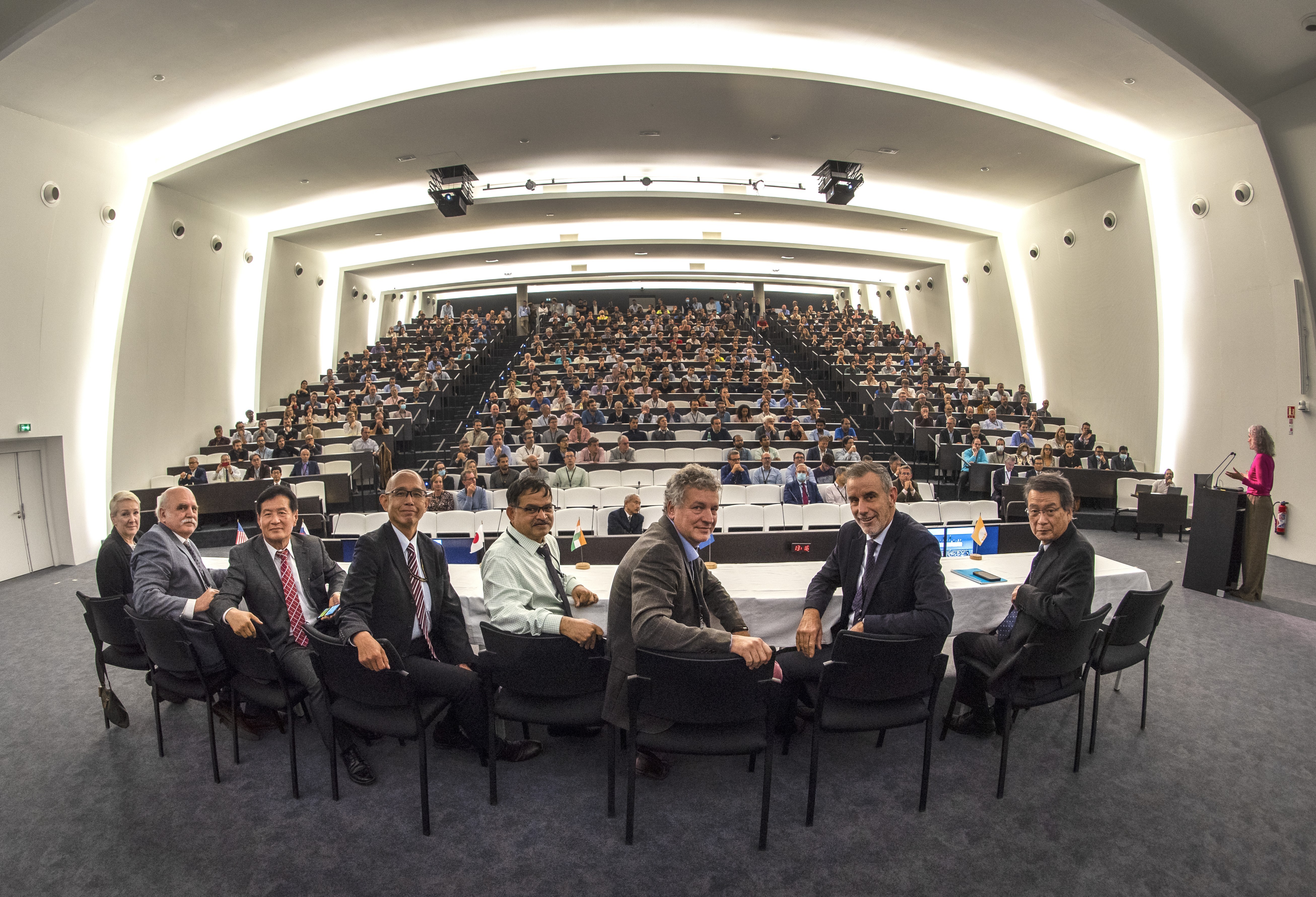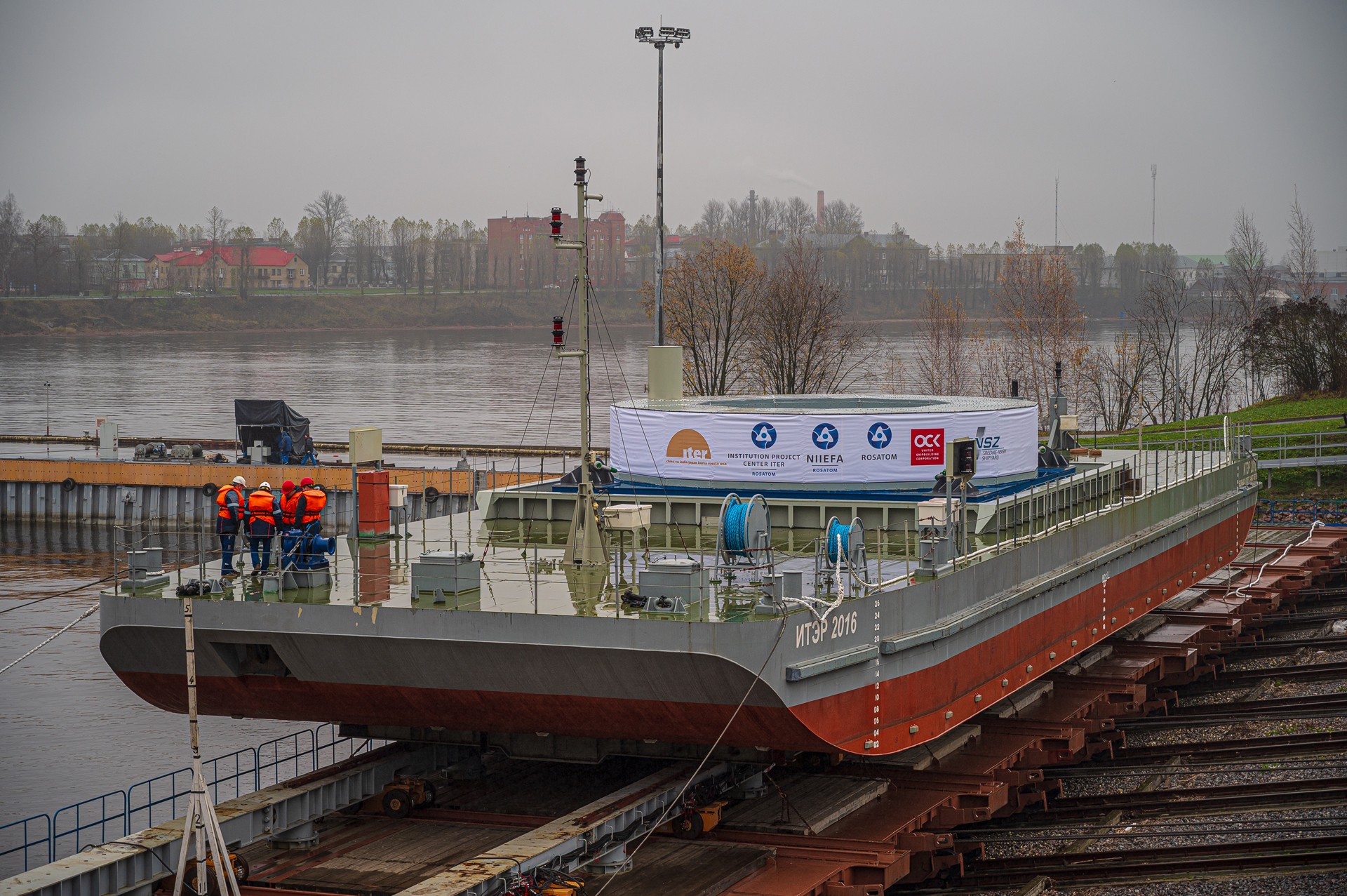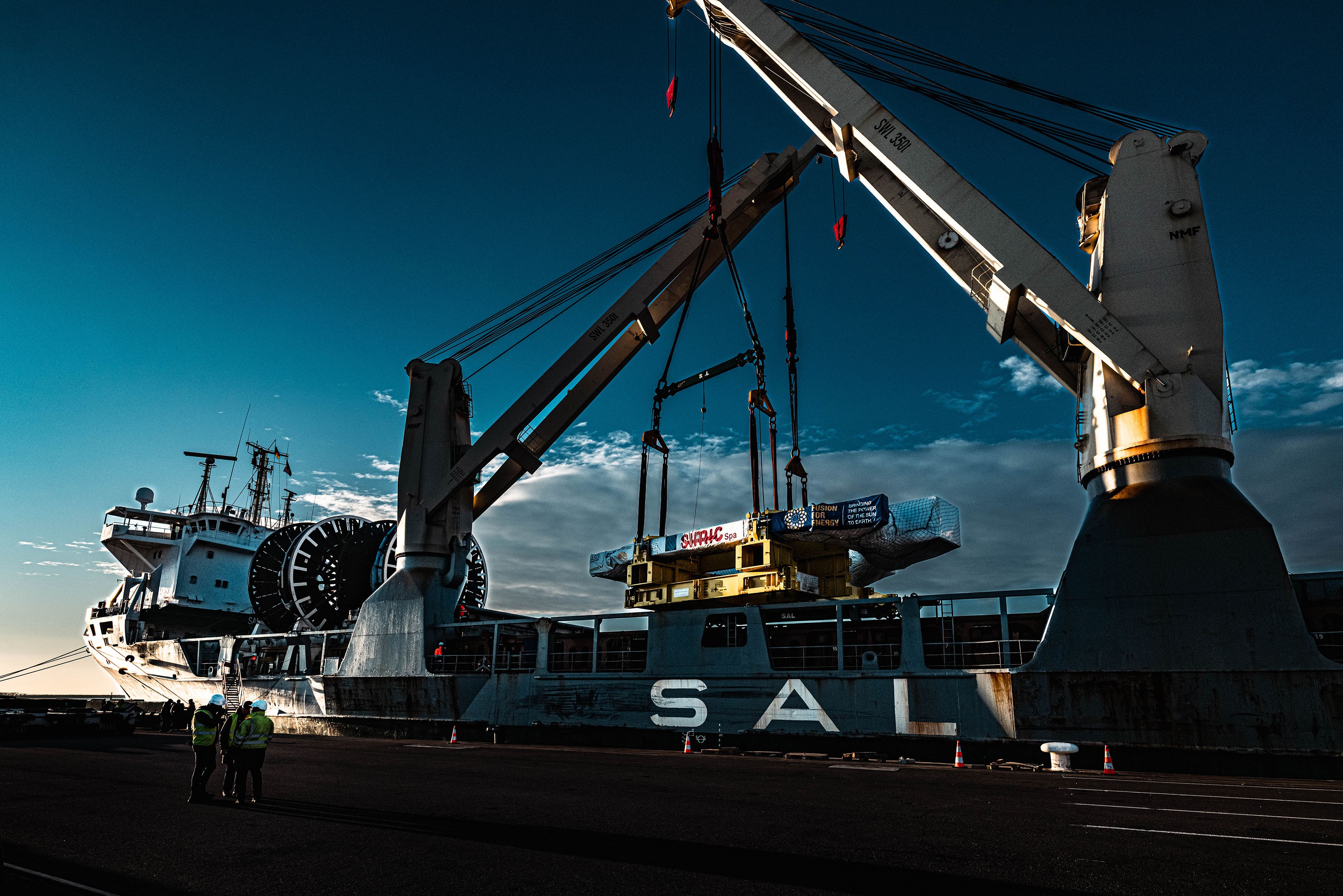Headlines and a shared ideal
In the very last days of the year 2021, the European JET, the largest of all operating tokamaks, achieved a first-ever sustained, high-confinement plasma and practically doubled its 1997 energy production record. One year later, in the last days or 2022, the National Ignition Facility (NIF) in the United States passed breakeven—the threshold at which the energy input into the plasma is equal to the energy generated by the fusion reactions.
Although JET and NIF differ radically in terms of conception, purpose and technology—one explores magnetic fusion, the other laser-based inertial fusion—their respective achievements caught the world's notice and elevated fusion as a potential long-term energy source. Breakthroughs at JET and NIF were not the only factors in the renewed perception of fusion research: in 2022, private investment in startups large and small reached a record USD 4.8 billion—a 139% increase from the previous year.
Success in large public projects and promises by private ventures generated headlines throughout the world. And all eyes were again focused on ITER, the industrial-size project towards which most fusion research worldwide converges.
This year at ITER was a year of change, of progress and of considerable technical and industrial challenges. It was also a year marked by the loss of Bernard Bigot, who had headed ITER since 2015 and who passed away on 14 May at the age of 72.
A few days earlier, on 11-12 May, the ITER assembly team had succeeded at one of the most spectacular and complex operations in the machine assembly sequence: the installation of the first of nine required "vacuum vessel modules" inside the tokamak pit.
Positioning this mammoth component, as tall as a five-storey building and as heavy as three fully loaded Airbus A380s, was an extraordinary feat of handling and coordination.
The biggest challenge, however, was yet to come. When cracks were discovered in the cooling circuits of thermal shield panels similar to those already inside the installed module, ITER, for the first time since the assembly sequence was launched in 2020, faced a serious issue.
ITER is one of the largest scientific ventures of all time. But it is also a massive industrial and human endeavour, and the issues encountered in 2022 came as a brutal reminder of this dual nature.
Faced with the thermal shield issue and another technical setback stemming from dimensional non-conformities on the edges ("bevel joints") of the vacuum vessel sectors, ITER did what any industry does on a regular basis: it brought together experts to explore repair options, to analyze the impact on cost and schedule, and to assess different options for action.
For ITER Director-General Pietro Barabaschi, appointed by the ITER Council in September to succeed Bernard Bigot, this was nothing too out of the ordinary: as the former head of the Europe-Japan JT-60SA collaboration, he was familiar with the difficulties that building a tokamak entails.
Machine assembly is but one aspect of ITER construction. Project progress relies on a series of parallel activities—some highly visible, others barely noticeable.
As new buildings rose from the ground and new structures were erected, an urban, almost futuristic touch was added to the already spectacular landscape of the ITER installation.
In the Cryostat Workshop, the last section of the ITER cryostat—the 665-tonne top lid—was finalized in March, marking the completion of a yearslong industrial venture. After seven years of faithful service, the winding table in the European poloidal field coil winding facility was dismantled following the completion of the last of 30 double pancakes produced. With one ring-shaped coil (PF5) installed in September 2021, and a second (PF2) placed in storage in January 2022, work is now underway on the final two coils (both 24 metres in diameter), with expected completion dates of mid-2023 (PF4) and mid-2024 (PF3) respectively.
In 2022, the ITER Members shipped a total of seven Highly Exceptional Loads (HEL)—one vacuum vessel sector, one poloidal field coil and five toroidal field coils. "Conventional Exceptional Loads"—or loads that do not exceed 5 metres in height or width and weigh less than 60 tonnes—accounted for another 34 deliveries, while conventional heavy truck loads numbered an additional 111.
In the ITER plant buildings, less visible pre-commissioning activities were initiated for electrical power, AC/DC conversion, cryogenics, and heat rejection. Progressively, throughout the 42-hectare ITER platform, systems are beginning to hum and actuators to click, water and cooling fluids are circulating through piping and valves, and computers are trading data as the first subsets of the scientific installation's extensive industrial infrastructure are slowly coming to life.
Life also returned to the ITER Council chamber where, following two years of Covid-imposed remote sessions, Member delegates were able to meet again in person. The lifting of restrictions allowed the flow of public visits to resume as well, particularly during the three Open Doors Days that were organized in June, September and November.
Many VIPs toured the installation in 2022: Mohammad Sanusi Barkindo, Secretary General of the Organization of the Petroleum Exporting Countries (OPEC), who visited ITER shortly before his sudden passing, said that the size and complexity of what he saw left him "speechless." Ban Ki Moon, in July, sensed in ITER "a spirit" of nations working together for a common goal similar to the one he had experienced during his nine-year tenure as General Secretary of the United Nations. Gabriela Hearst, Creative Director of the Chloé fashion house and a passionate fusion advocate, considered her visit to ITER in May as both a privilege and "probably one of the most fulfilling days of [her] professional career."
In a difficult international context, ITER remained true to its founding ideal—the unique, almost utopian notion that nations could work together in harmony "for the benefit of all mankind." For this reason more than for any other, the year 2022 will be worth remembering.
Click here to access the ITER Season's Greetings video card.



